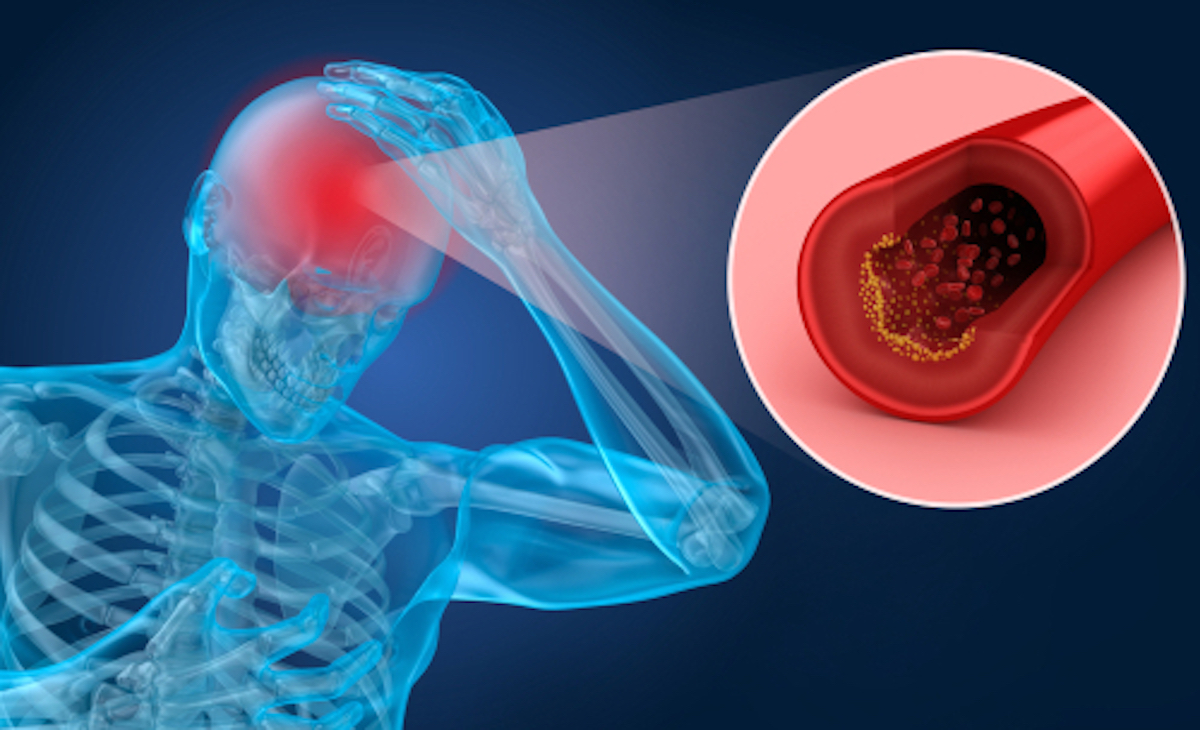Undiagnosed blood clots can result in a range of complications, starting with pain, swelling, and skin changes at the clot site. As clots can dislodge and block blood vessels in the lungs, a pulmonary embolism can cause breathlessness, chest pain, and shock. More serious complications include strokes, where brain vessels are blocked, potentially causing brain damage, while deep vein thrombosis (DVT) can lead to chronic pain and swelling if not treated. Clots affecting major organs may cause organ damage or failure, and in the gravest cases, can lead to death by blocking vital blood pathways. This is why recognizing symptoms is crucial!

Symptoms of a Blood Clot
Symptoms of blood clots can vary, but there are some common signs to watch for. The two most common symptoms are swelling and pain in the affected area. For instance, if your leg has a clot, it might swell up and hurt. Another common sign is skin that becomes red or warm near the clot. Other symptoms include:
- Shortness of Breath: If a clot goes to your lungs, it can make it hard to breathe.
- Chest Pain: This can happen when a clot affects your heart or lungs.
- Headaches and Weakness: Clots in the brain might lead to these symptoms.
- Coughing Blood: If a clot is in your lungs, you might cough up blood.
- Fast Heartbeat: This can happen if a clot affects your heart’s blood flow.
Are There Any Treatment Options?
Fortunately, there are different ways to treat blood clots. Doctors choose the best option based on the clot’s location and how serious it is:
- Blood thinners: These medicines help stop clots from getting bigger and prevent new ones from forming.
- Clot busters: For severe cases, doctors might use special medicines to break down clots quickly.
- Filters: In some situations, a small filter is put in a blood vessel to catch clots before they reach your lungs.
- Compression stockings: These tight socks help prevent swelling and encourage blood flow, especially for leg clots.
- Surgery: In rare cases, surgery might be needed to remove a big or dangerous clot.
The right treatment depends on your condition, so your professional healthcare provider will guide you on what’s best. It’s important to follow their advice to prevent complications.
Are Blood Clots Preventable?
Blood clots can often be prevented. By staying active and moving around, especially during long periods of sitting or lying down, you can help keep blood flowing smoothly. If you’re on a long journey or stuck in one place, try to stretch and walk a bit. If your doctor says it’s okay, you might use blood-thinning medicines. Also, if you smoke, quitting can lower your risk. Following a healthy lifestyle and listening to your doctor’s advice can help prevent blood clots.
We cannot mention this often enough: blood clots are a serious medical condition. So once you recognize the signs, make sure to contact your professional healthcare provider! Do you need more information about this condition, and possible treatment options, or do your symptoms not match those listed above? Then search further here quickly:

